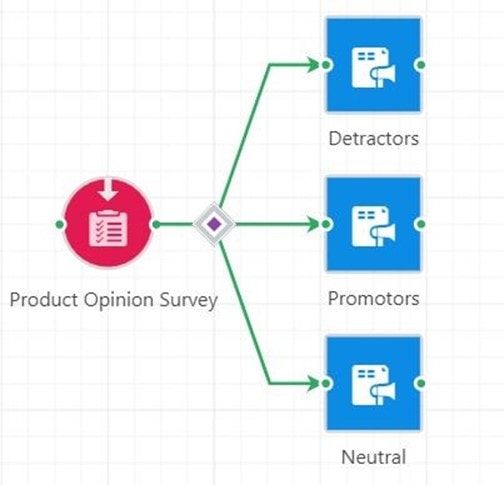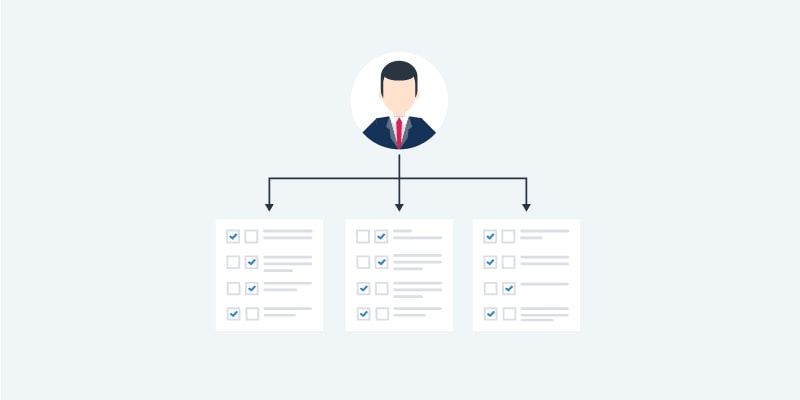Having the right target audience is critically important for a successful survey.
First, consider who your target audience is. Are they leads or contacts, or a specific demographic within one of those subsets? When possible, make sure you target your language and questions to that audience, just like you would with any other communication.
Next, think about your goal for the survey. Whatever your goal, you will want a laser focus on that goal when creating the questions. Is it to understand how clients feel about your product or service? Is it to collect data about your existing leads or contacts? Try to avoid being too broad. For example, “I want to know everything about everyone related to my industry.” This approach can result in a very long, detailed survey that your user is most likely going to abandon.
While distributing your survey to segmented lists can increase response rates, other times, you may not be sure who your clients are or how they feel about your product. That’s okay! This is a great opportunity to get to know your audience. Once you know your best customers, you can use that information to attract more of the same.
Marketing lists are a quick, effective way to strategically target your survey audience. But you can also use your survey to create the lists you need for the future! With campaign automation, you can use the survey to build lists for you.
For example, if your survey is based on a rating field, you could create separate marketing lists for survey respondents that rated your product higher than seven (promoters), another list for respondents with neutral ratings of five to seven, and a separate list for those who gave ratings of four or less (detractors). The automation would then add each respondent to the appropriate list. This approach saves time and gives you actionable marketing lists to be used for future marketing and survey efforts.
You can also tailor the respondent’s experience by applying skip logic to move those respondents who rated you positively or negatively to an appropriate next page or question. For example, if someone rated you in your detractor threshold, consider sending them to a page with a text box where they can tell you about their negative experience. This may cut down on negative online reviews by giving customers a chance to vent. In this case, you may also want to provide an option for the respondent to be contacted, so you can help resolve their issues. Feel free to expand upon your detractor path and build out a series of actions to improve their relationship. With campaign automation, the possibilities are endless!
Happy Marketing!










